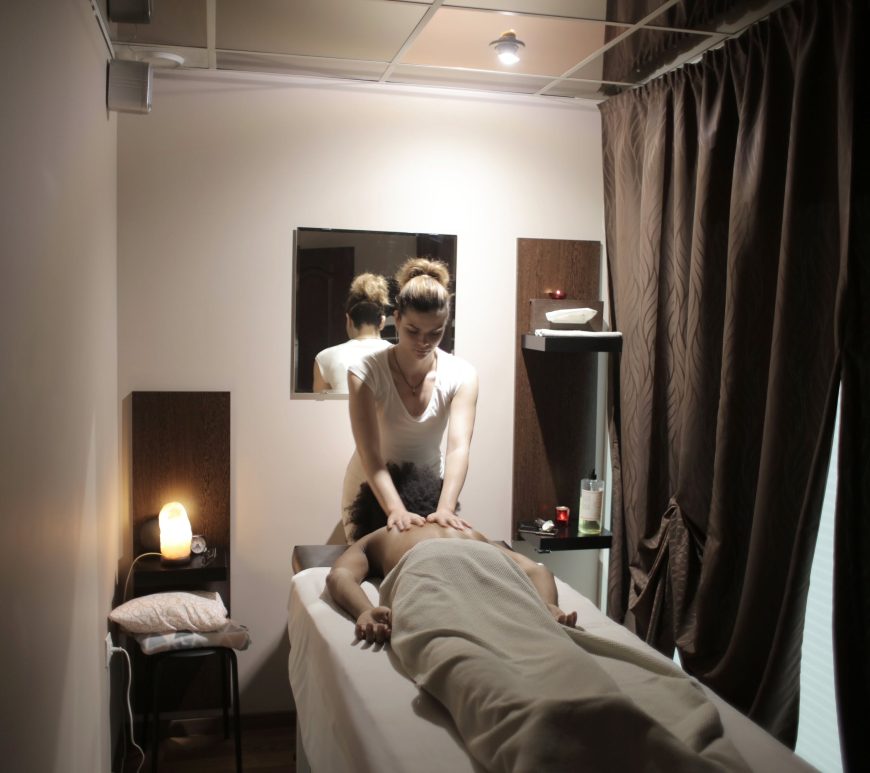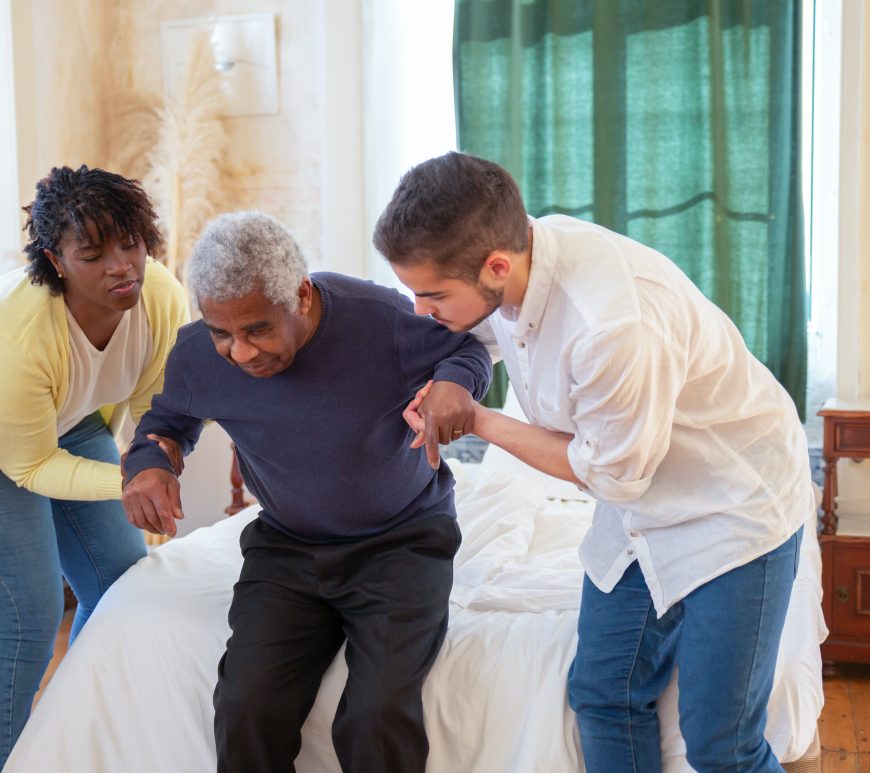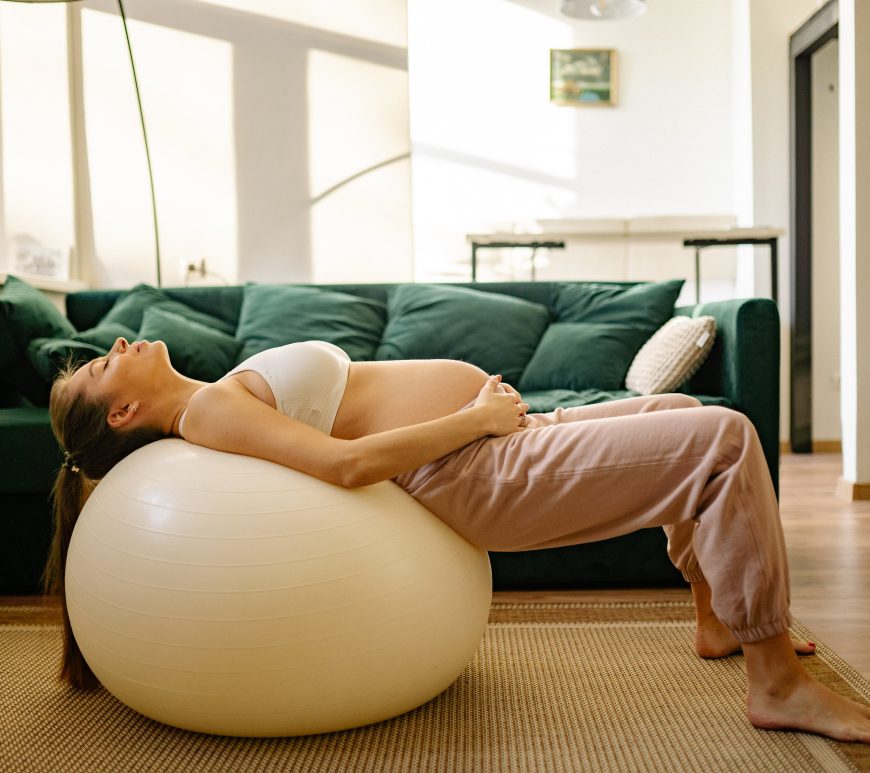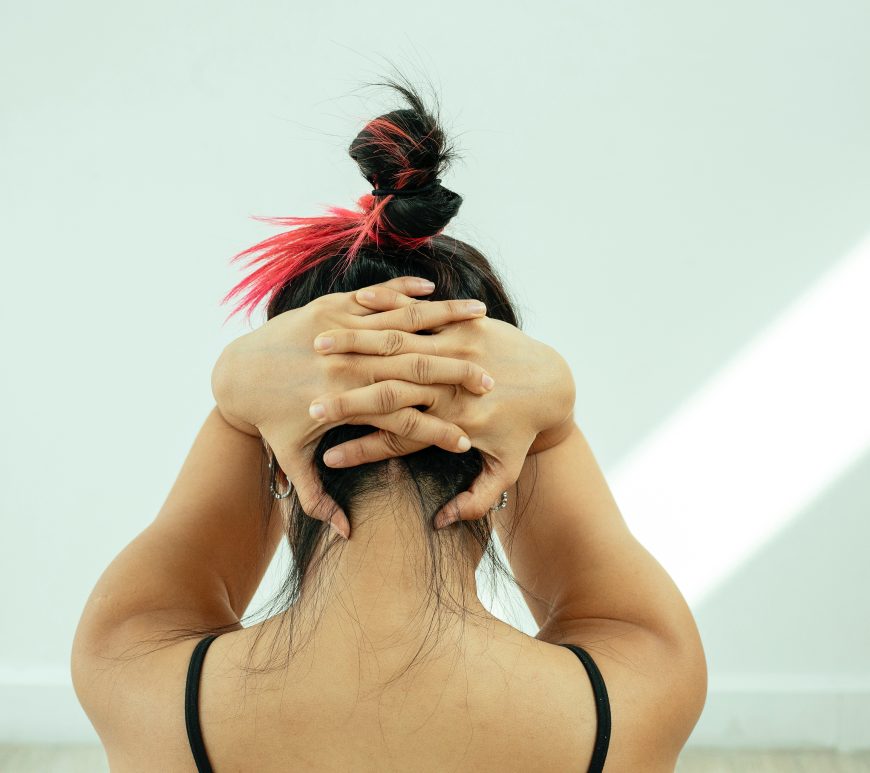
Which therapy triumphs? Unraveling the efficacy of manual therapy vs. physiotherapy in persistent back and neck complaints
In 1993, Koes, et. al., conducted a randomized clinical trial in primary health care settings in the Netherlands, researchers aimed to assess the effectiveness of manual therapy and physiotherapy in subgroups of patients with persistent back and neck complaints. Additionally, the study sought to explore the correlation between three crucial outcome measures employed in the trial. The study enrolled 256 patients experiencing nonspecific back and … Continue reading Which therapy triumphs? Unraveling the efficacy of manual therapy vs. physiotherapy in persistent back and neck complaints


